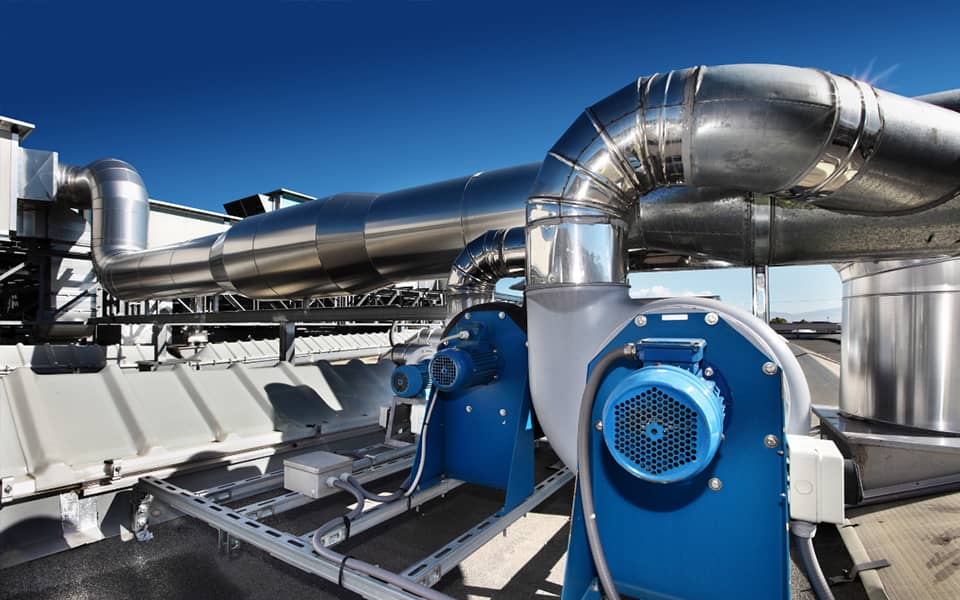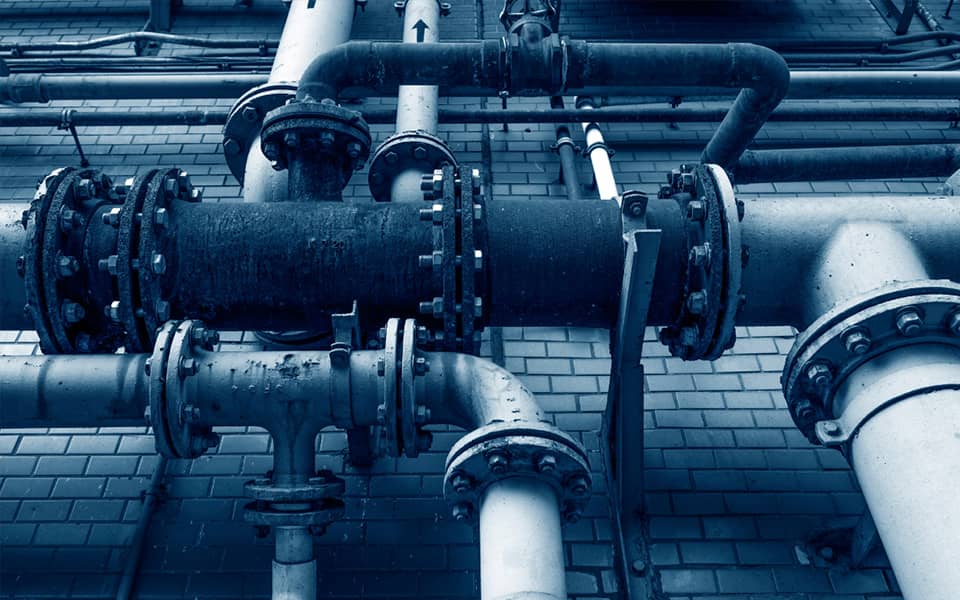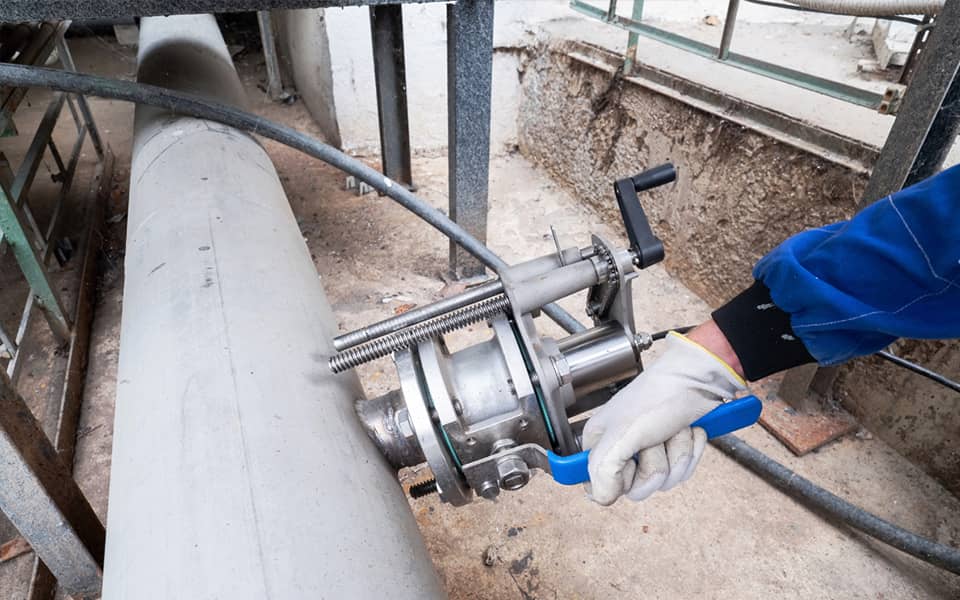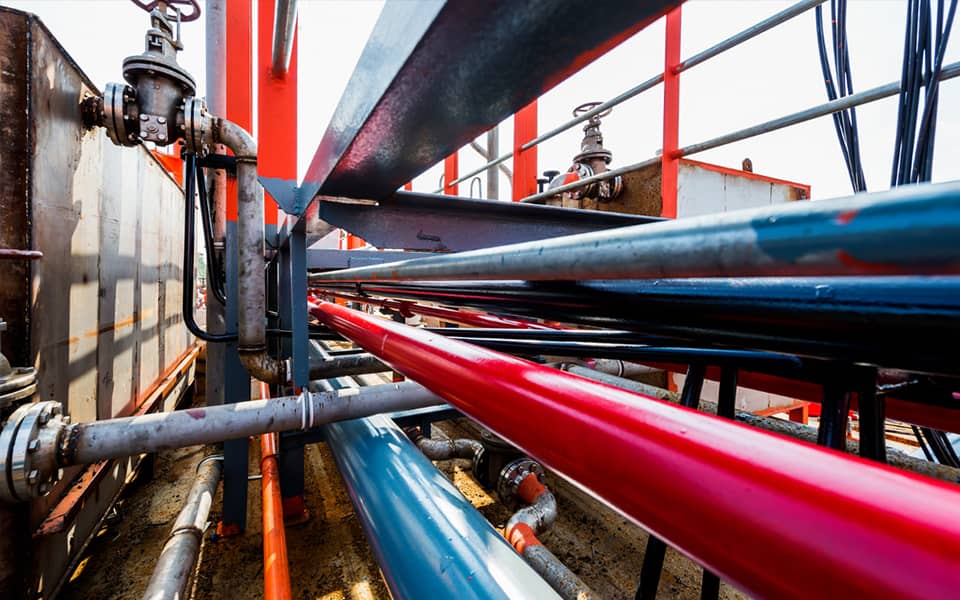Case

Case

Working principle and maintenance of ball valve,the ball valve has the advantages of no fluid resistance, light weight, zero leakage of sealing performance, quick opening and closing, sealing surface not eroded by medium, long service life, etc., and is gradually favored by the valve selection of heating enterprises. Especially in the past two years, the popularization and use of all-welded ball valves in the central heating pipe network, its unique internal and external zero leakage, direct burial, no stress in pipeline welding, saving the installation cost and related maintenance of heating enterprises to a greater extent cost.
By understanding the working principle and product characteristics of the valve, as well as the operation method and troubleshooting, we can formulate relevant production operation systems in the company's normal production to ensure the safe operation of valve equipment.

Commonly used thermal fully welded ball valves and ordinary flanged ball valves are mainly composed of valve body, valve seat, ball, valve stem, and transmission device. The main function is to open and close the passage of fluid in the pipeline. The ball valve realizes the switching function by driving the ball to rotate 90 degrees through the transmission device. The main structural forms are divided into floating ball structure and fixed ball structure.
The ball of the floating ball valve can float in the valve body. Under the pressure of the fluid medium, the ball is tightly pressed onto the sealing seat of the outlet section, which will form a single seal. The sealing cannot be guaranteed. The ball valve of this structure is characterized by simple structure, simple manufacture, and good sealing performance on one side. With a larger sealing ratio, the opening and closing torque will increase, and it is generally suitable for valves with small diameters below DN300.
The sphere of the fixed structure has an upper and lower rotating shaft, the lower part of the sphere is inlaid with bearings, fixed by the lower valve stem, and the upper part is connected with the upper valve stem. The sphere can only rotate along the axis vertical to the valve passage, and cannot like a floating ball valve, the ball can move to one side.



Therefore, when the fixed ball valve is working, the pressure of the fluid in front of the valve can only be transmitted to the valve stem and bearing, and will not generate pressure on the valve seat, so the valve seat will not be affected by the pressure in the pipeline.
Changes produce deformation, good sealing performance, and long service life. The seat of the fixed ball valve is floating, and the seat will press the ball tightly with the pressure of the ground spring behind and the pressure in the pipeline to form a reliable seal.
The correct use, installation and maintenance of ball valves is very important, and it is also the content that heating companies must refer to when formulating operating procedures. Scientific management and maintenance of ball valves during the construction period can not only ensure safety, but also reduce construction and operation management.
(1)Use the correct method to load and unload the valve to avoid mechanical damage to the valve. When hoisting the valve, the lifting belt cannot be tied to the valve stem or actuator for hoisting. If the operation is violated, it will cause the valve stem to bend, the valve stem seal to fail and the turbine Box was damaged.
(2)Before the valve leaves the factory, blind plates or caps should be sealed at both ends of the valve to prevent water, sand, and other impurities from entering the valve cavity during transportation and on the construction site, causing damage and corrosion to the seal.
(3)On the construction site, the valves should be placed neatly, and they should not be placed randomly, which will cause the valve blowdown valve or grease injection valve to be broken and damaged.
(4)Before the welding construction of the fully welded ball valve, it should be confirmed that the valve is welded at the fully open position to avoid damage to the ball caused by welding spatter and scratches on the sealing surface. The welding temperature in the valve seat area is controlled at 140 degrees.
(5)After the hydrostatic test is completed, the water in the valve cavity should be drained to prevent corrosion and freezing.

(1)For API6D pipeline ball valves, periodically check the sealing performance of the valve, check through the blowdown valve, if there is internal leakage, deal with it according to the procedure.
According to the frequency of valve activity, inject a certain amount of grease into the valve seat. Generally, after the valve is activated once, an appropriate amount of grease should be injected, and the amount injected each time is 1/8 of the sealing system.
(2)The purpose of this is to avoid the pipeline to the greatest extent. Impurities in the valve seat enter the back cavity of the valve seat and affect the movement of the valve seat, resulting in seal failure. At the same time, the sealing surface is always in a lubricated state to prolong the service life.
(3)For valves with little movement, the opening and closing operation should be carried out once a year, and a certain amount of lubricating grease and cleaning fluid should be injected, which can avoid the ball and the valve seat from sticking together, and can also avoid dry grinding when the ball moves, and reduce the operating torque of the valve.
(4)Before winter, the ball valve should be maintained. The key point is to drain the water in the valve cavity and the water in the actuator to avoid freezing in winter and affecting the use function.
(5)Add wear-resistant grease to the valve worm gear head actuator every year, check the valve stem seal regularly, remove rust, and do a good job of external protection.
Strengthen the maintenance supervision of valve equipment before leaving the factory and the supervision during transportation, and strengthen the maintenance and installation process before the equipment is installed on site.
In the supervision work, the hydrostatic test must be carried out before installation, so as to detect problems early and deal with them in time. Strengthen professional training, improve the skills and quality of professional maintenance personnel, and achieve scientific, standardized and safe maintenance. Change concepts, carry out preventive maintenance management, formulate periodic maintenance plans and strictly implement them. Do a good job in the safe operation of the heating system to ensure the quality of heating.